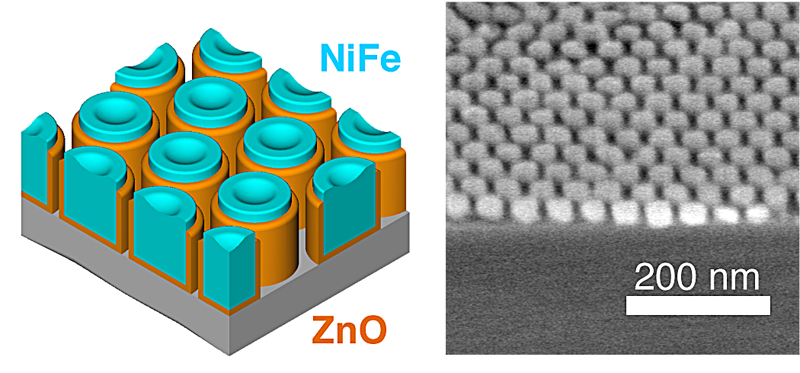

Main navigation | Main content
Collaborative research led by professors Wayne Gladfelter and Marc Hillmyer from the Department of Chemistry, and Christopher Leighton from the Department of Chemical Engineering and Materials Science has been selected for publication in a special American Chemical Society virtual issue on atomic layer deposition (ALD).
For this ACS Select Virtual Issue, 31 recent publications are highlighted from Chemistry of Materials, ACS Applied Materials & Interfaces, and ACS Nano. There were chosen to demonstrate the breadth and depth of emerging ALD research. Particular emphasis was placed on the novelty and impact in the research, to provide the reader with a sense of the state-of-the art in ALD research, and perspectives on future directions."
In addition to Gladfelter, Hillmyer, and Leighton, the researchers also included Chun-Hao Lin, who was a visiting graduate student from Taiwan, and post-doctoral associates Srinivas Polisetty, Liam O'Brien, and Andrew Baruth.
Their paper, “Size-Tuned ZnO Nanocrucible Arrays for Magnetic Nanodot Synthesis via Atomic Layer Deposition-Assisted Block Polymer Lithography," was published in ACS Nano in 2015.
By combining atomic layer deposition with block polymer lithography, the researchers successfully modified the pore diameter of poly(styrene) templates with controlled thicknesses of zinc oxide. We demonstrated that the polymer template itself could be removed leaving the robust ZnO template in tact, which was subsequently filled with Ni80Fe20. Ion-beam milling of the array was used to remove excess alloy and to sever the ZnO bridges to surrounding pores. What remains is an ordered array of ZnO crucibles filled with permalloy. Temperature dependent magnetization measurements confirmed the size of the magnetic nanodots, which exhibited the expected size-dependent transitions in behavior from a multi-domain/vortex ferromagnetic state to a superparamagnetic state for the smaller dots.
This approach yields templates of uniform thickness that can withstand higher processing temperatures than the initial polymer template, which is of technological importance for bit patterned media based on high perpendicular anisotropy ordered metallic arrays. In addition, the ability to control particle diameter could enable detailed future investigations of interdot magnetic interactions at a fixed pitch.
